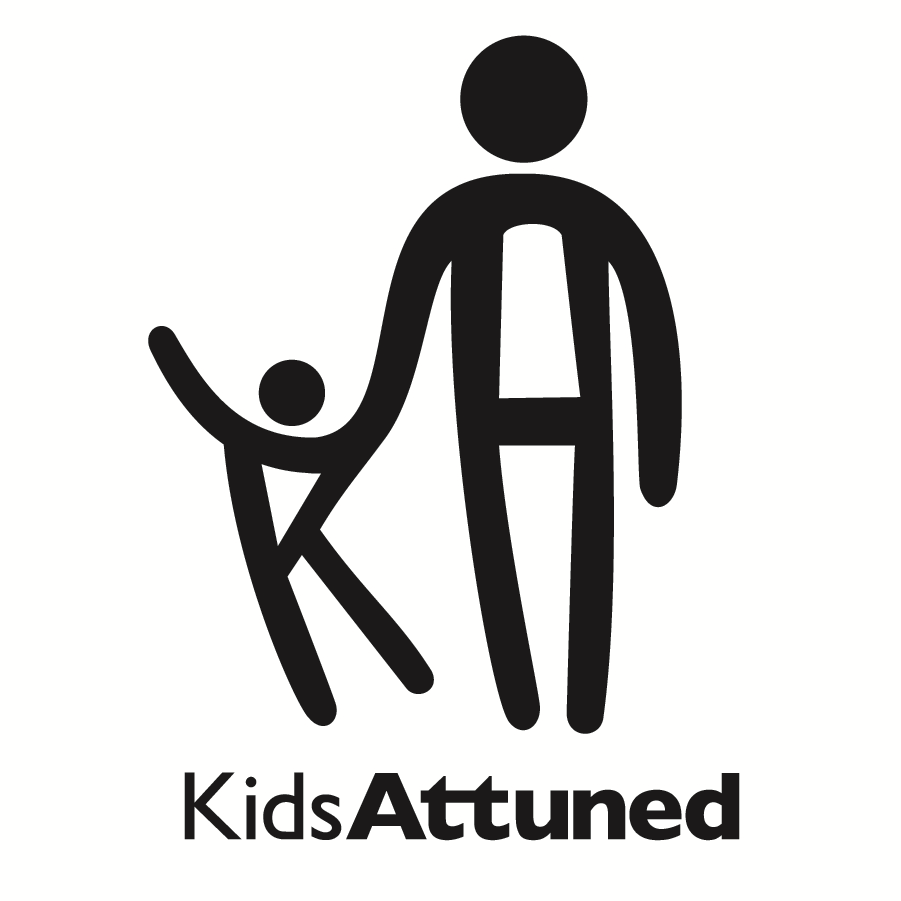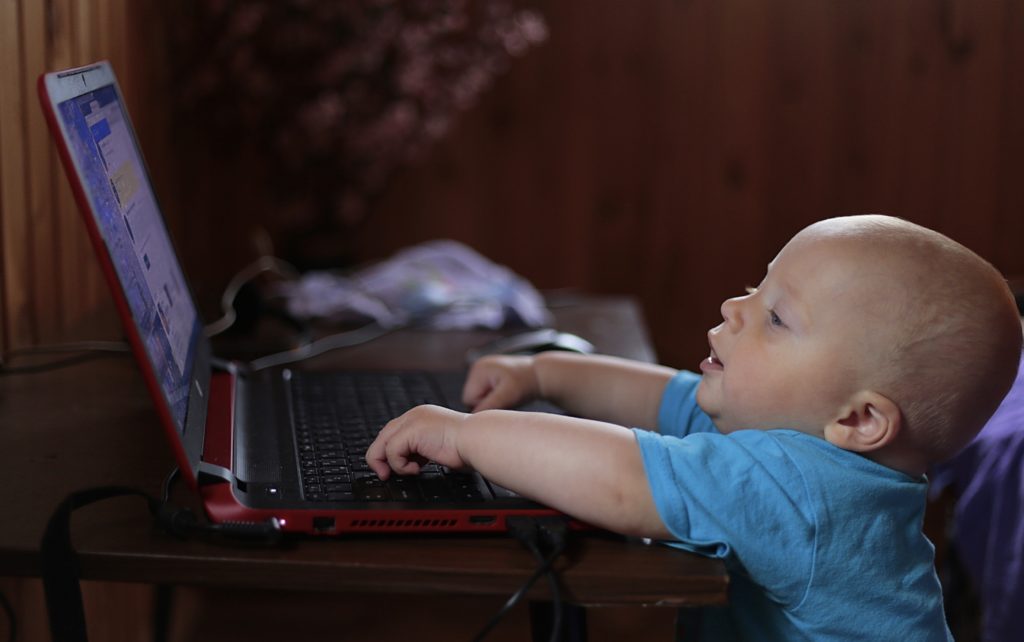Mommy, Daddy, What’s School?
Sima Gerber, Ph.D., CCC is a Professor in the Department of Linguistics and Communication Disorders Queens College, CUNY
Dr. Gerber is a speech-language therapist with expertise in treating children on the autism spectrum.
Recently, I have been meeting with Jane, who has developmental challenges, and her mother and father on Zoom to conduct therapy sessions. Each time, I have seen and heard their struggles and worried about the value and purpose of these meetings.
This moment in education has reminded me of the period in portrait painting when children were depicted as small adults (see Velazquez). Apparently, that reflected a societal view that children were small adults. In 2020, we may inadvertently be slipping back to that misguided image and forgetting that children are children.
As adults shift their person-to–person live interactions to on-line meetings, classes, and yoga, they reconcile and accept the differences between interactions pre- and post-COVID. Should we expect that young children or children with developmental challenges can make this mental rotation just as easily?
The child’s acquisition of knowledge as described by Piaget, a master of child development, is an ever-increasing network of schemas. These schemas are the child’s progressive ideas about the world of people, objects, and events. For example, at first, ‘Daddy’ refers to all men, as the child’s notion of ‘Daddy’ is overgeneralized to mean a tall male. Over time, the child incorporates new information about ‘Daddy,’ including the relationship of this man to me, and the ‘Daddy’ schema begins to coincide with the adult definition of the word.
Similarly, I imagine for many kids, especially young ones or ones with cognitive, social, emotional, and/or language challenges, the schema for school has a number of representations. It might include some or all of a web of ideas such as I get up, get dressed, have breakfast, go on the bus, see people I like, hang up my backpack, sit at my seat that has my name and picture on it, and wait for Miss Barbara to do something. Eventually, the schema expands to include the daily schedule, snack, lunch, outside time, music, and the sequence and specifics of each of those activities.

How long does it take for a child to develop a schema? For some, who have trouble learning, it probably takes quite a while. Even when a child is moving through the daily motions associated with school, she may still be dealing with discomfort (I don’t really want to leave Mommy and Daddy; the bus is too noisy), and the process of understanding this new experience may proceed in baby steps.
Now, within the flash of an eye, these same children have been asked to shift the ‘school’ schema to a completely different set of events. The new schema from the child’s perspective might go something like this– Mommy or Daddy sets me up at the computer, she sits with me, my teacher or physical therapist or occupational therapist or speech-language therapist appears on the screen, and asks them to do things with me. Sometimes Mommy, who is not an educator, physical therapist, occupational therapist, or speech-language therapist, doesn’t seem to understand what we should be doing and she loses her patience with me when I squirm and run away. I don’t want to do this with Mommy or Daddy … I don’t want to do this at all. And I am not too sure Mommy and Daddy want to do this either. I am home and ‘home’ means playing with Mommy and Daddy, my toys and my cat, eating, taking a bath, and riding my bike.
As the virus lurks all around us, new schemas of ‘school’ are stressing children and their parents equally and unnecessarily. If typically developing children are having trouble attending, focusing, and learning because of the unrecognizable world they live in, imagine children whose resources are not as robust or well-developed.
Perhaps, this is a good time to pause and revisit what it means to learn versus to develop and what sets the stage for a positive life trajectory. In this ‘new,’ but certainly not better world, we might reflect on the internal and external anxiety and confusion that the child is likely feeling. Think about how you, as an adult, are coping. Ask yourself, ‘what am I trying to figure out in these pandemic days?” Probably, how to manage your worry, how to have as productive a day as possible, how to avoid those activities and people who cause you stress, and how to maintain your positive feelings at a surreal time. Children are not immune to similar worries, regardless of their age or functioning levels. With this in mind, the question becomes what kind of adult support will best ensure children’s development over their lifetimes?

As we attune to each child’s development, we promote deep inner growth. The developmental process is an integration at deeper and deeper levels of our distinctly human capacities, including the emotional understanding of ourselves and others. Times like this demand that we balance the realities of the outside world with the realities of our inner lives. Although this applies to adults and children equally, obviously, adults have a huge advantage as they call on better-developed emotional resources and more advanced problem-solving abilities to address the questions and concerns that surround them.
So, yes, let’s pause and ask ‘Given the daily challenges that my child and I are facing, how can I best create growth-promoting interactions between us – should I spend time encouraging my child to write the letters of the alphabet or imbue our interactions with feelings of security, safety, and understanding? Yes, the former has its time and place, but the latter may be the priority now, as it assures the foundation for all future healthy emotional and cognitive growth. As David Brooks (2016) suggests, in order to learn and develop, children need to have been bathed in love so they have some sense of identity, some confidence about their own worth and some sense of agency about their own future.” During the pandemic, these words could not be more important.

The notion of the ‘serve and return’ interactions between parents and children has received more and more attention in recent years across many disciplines, including education. This kind of interaction which assures active attunement accompanied by parental empathy seems to be as critical, if not more, to development as those more traditional markers of academic success. Perhaps, this becomes the focus of the ‘work,’ as I have tried to shift to this with Jane and her parents. In 2020, as we ask children and their parents to come together for ‘school,’ let’s construct a new schema, which assures the deepening of the parent-child bond, not the fragmenting of it. Remembering that children are children, that development happens from the inside out, and that the caregiver-child relationship sets the stage for the child’s future, we can leave the learning of skills to another time.
Enter the text or HTML code here

